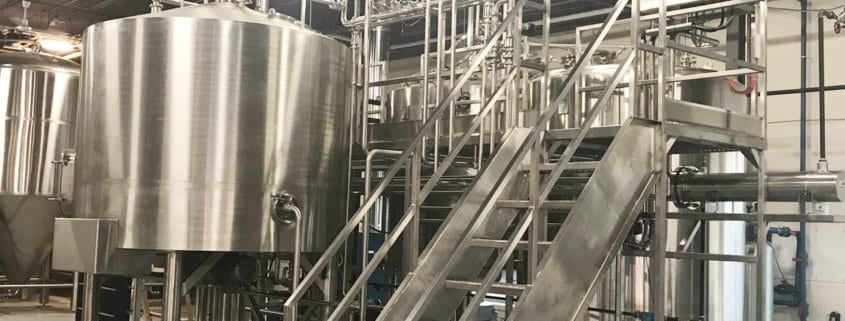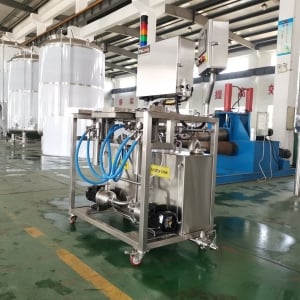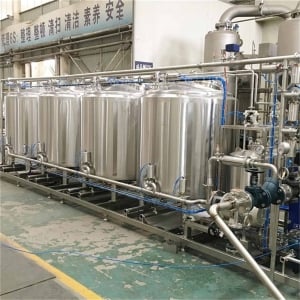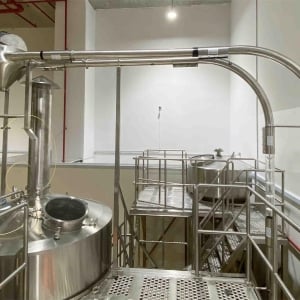30bbl Brewing System Efficiency: Reducing Waste and Saving Money
Crafting delicious beer is a combination of art and science. Yet, brewing beer is also a resource-intensive process that can generate significant waste and costs. That’s where optimizing efficiency comes in. By reducing waste and maximizing output, breweries can not only save money but also reduce their environmental impact. In this post, we’ll delve into the world of 30bbl brewing systems and explore how efficiency can be improved throughout the brewing process. From minimizing water usage to recycling spent grains, we’ll offer practical tips and strategies for breweries to enhance their operations and improve their bottom line. So, let’s raise a glass to brewing smarter, not harder!
What A 30bbl Brewing System is?
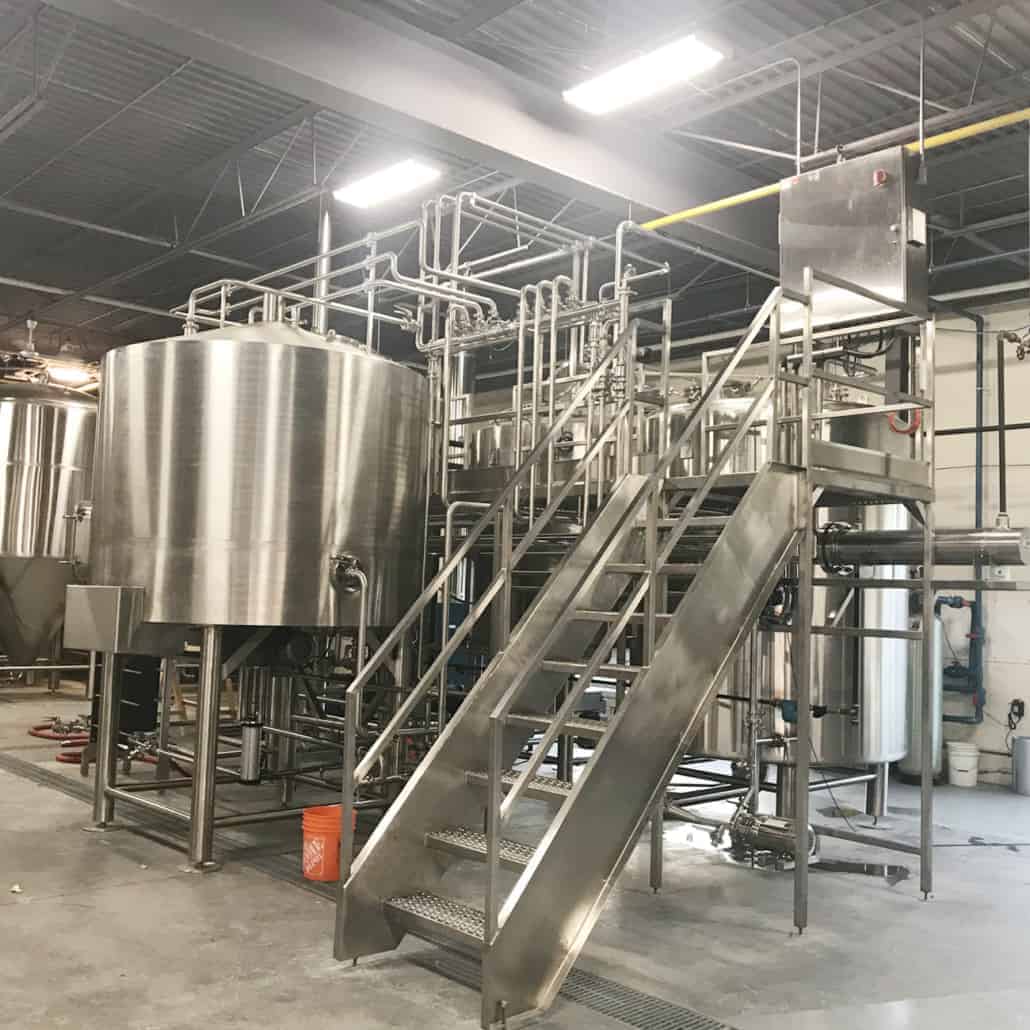
When it comes to commercial brewing, the size and capacity of the brewing system can have a significant impact on the quantity and quality of beer produced. A 30bbl brewing system is a popular option for mid-sized breweries, producing around 900 barrels of beer per month.
Compared to smaller systems, such as a 10bbl or 15bbl system, a 30bbl system allows for a larger batch size and can result in more efficient brewing operations. However, it also requires a larger space and more resources to operate, such as a higher amount of raw materials, water, and energy.
In terms of cost-effectiveness, a 30bbl system can provide a good balance between production capacity and operating expenses. It’s often more cost-effective to produce larger quantities of beer on a 30bbl system than on a smaller system, as the cost per barrel decreases with larger batches.
Additionally, a 30bbl system allows breweries to expand their distribution reach without significant additional equipment or space requirements. It also provides the opportunity for greater flexibility in recipe development and experimentation.
In summary, a 30bbl brewing system offers mid-sized breweries the ability to increase production capacity, achieve greater cost-effectiveness, and expand distribution reach. However, it also requires more resources to operate and manage than smaller systems.
Importance of Efficiency
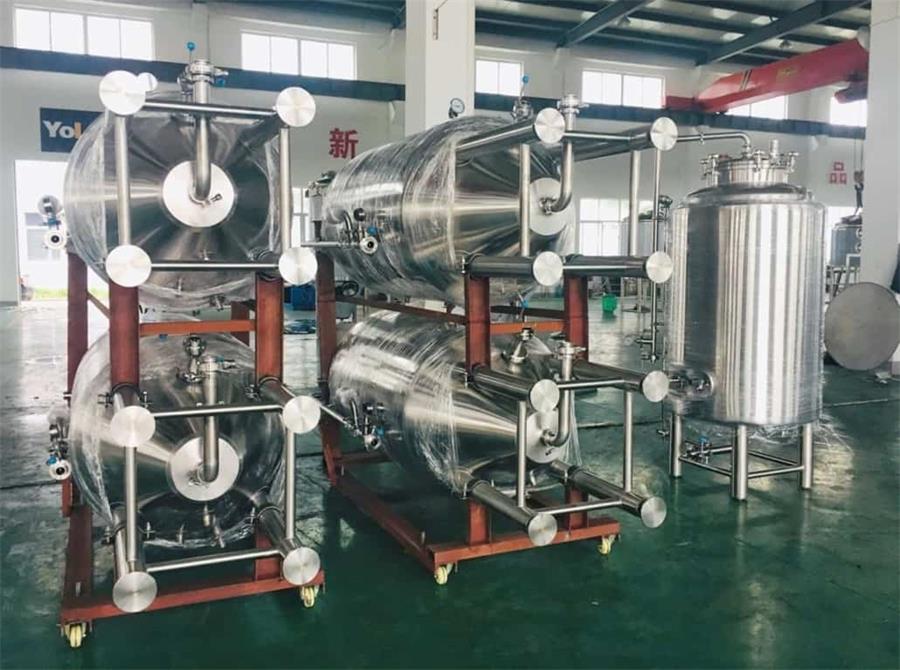
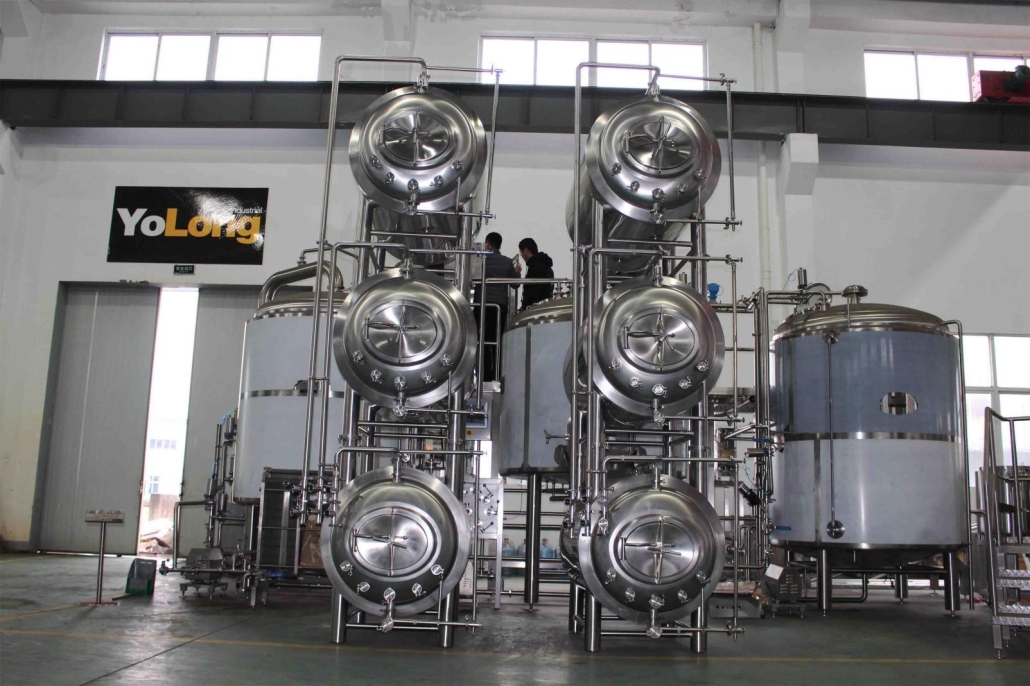
Efficiency is a critical factor in the brewing process, impacting both the quality of the beer and the bottom line of the brewery. In terms of quality, efficient brewing ensures that raw materials are utilized to their fullest potential, resulting in consistent flavor profiles and a high-quality product.
On the other hand, inefficiencies in the brewing process can lead to waste and increased costs. For instance, excessive use of water and energy can drive up utility bills, while lost or spoiled raw materials can impact production capacity and profitability.
Improving efficiency in the brewing process can also lead to a reduced environmental impact, as it can minimize waste and resource usage. This not only benefits the planet but also promotes a positive image for the brewery among consumers who value sustainability.
Moreover, increased efficiency can also provide financial benefits to the brewery. By minimizing waste and maximizing output, breweries can reduce costs and increase profitability. This can be achieved through strategies such as optimizing equipment usage, managing raw material inventory, and improving staff training and processes.
In summary, efficiency is crucial for breweries looking to maintain quality standards, reduce costs, and promote sustainable operations. By focusing on efficiency measures, breweries can increase profitability and achieve a competitive edge in the market.
Factors Affecting Efficiency
Several factors can impact efficiency in the brewing process, from the equipment used to the raw materials utilized. One significant factor is equipment, which can influence everything from the speed and consistency of the brewing process to the amount of raw materials required.
Process design is another factor that can affect efficiency, such as optimizing workflow and scheduling to reduce downtime and increase productivity. Additionally, the type and quality of raw materials used in the brewing process can have a significant impact on efficiency. For example, using high-quality ingredients can result in a more consistent flavor profile and reduce the need for additional raw materials to adjust the recipe.
Moreover, staff training and experience can also affect efficiency, as knowledgeable employees can troubleshoot issues and identify areas for improvement. Water usage is also an important factor to consider, as excessive usage can drive up costs and impact the environment.
Finally, maintaining equipment and ensuring proper cleaning and sanitation protocols can significantly impact efficiency. Equipment malfunctions and dirty equipment can lead to unexpected downtime, wasted materials, and lower quality output.
In conclusion, several factors can affect efficiency in the brewing process, including equipment, process design, raw materials, staff training, water usage, and equipment maintenance. By addressing these factors and implementing strategies to improve efficiency, breweries can maximize output, reduce costs, and produce high-quality beer.
Reducing Waste
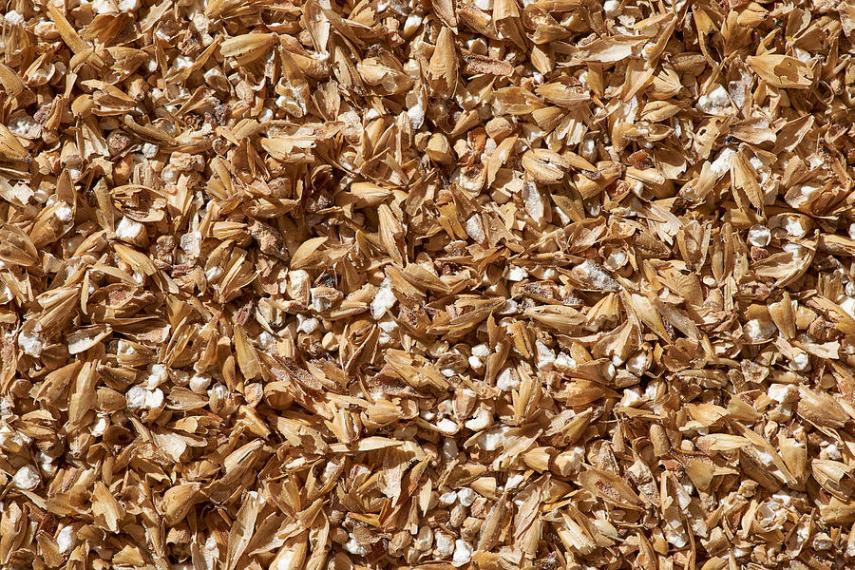

Reducing waste is an essential strategy for breweries looking to improve efficiency and minimize their environmental impact. Proper cleaning and sanitation of equipment can reduce contamination and spoilage of raw materials, minimizing the amount of waste generated.
Another way to reduce waste is through the recycling of spent grains, which can be repurposed for animal feed, fertilizer, or compost. Additionally, optimizing water usage through strategies like reclaiming and reusing water can minimize water waste and reduce utility costs.
Managing raw material inventory can also reduce waste by ensuring that materials are used before they spoil or become outdated. Moreover, monitoring fermentation temperatures can ensure that the yeast works efficiently, producing less waste and maximizing the yield of each batch.
Finally, utilizing a closed-loop system can minimize waste and reduce the environmental impact of brewing operations. This system involves capturing and reusing steam, energy, and water from the brewing process, rather than releasing them into the environment.
In summary, reducing waste in the brewing process can be achieved through strategies such as proper cleaning and sanitation, recycling spent grains, optimizing water usage, managing raw material inventory, monitoring fermentation temperatures, and utilizing closed-loop systems. By implementing these strategies, breweries can minimize waste, reduce costs, and promote sustainable operations.
Saving Money
Improving efficiency in the brewing process can result in significant cost savings for breweries. One key area of cost savings is energy consumption, as optimizing equipment usage and processes can reduce energy bills. For instance, using energy-efficient lighting and equipment, or incorporating renewable energy sources, can result in lower energy costs.
Water usage is another area where cost savings can be achieved, as minimizing water waste can reduce utility bills. Additionally, properly managing raw material inventory and minimizing waste can reduce waste disposal costs, such as fees for waste hauling and landfill usage.
Furthermore, maximizing yield through efficient brewing can result in higher volumes of beer produced from the same amount of raw materials, resulting in increased revenue and lower material costs per barrel of beer produced.
Improving staff training and process design can also lead to cost savings by reducing downtime, labor costs, and the need for expensive repairs or replacements. Additionally, implementing sustainable practices, such as utilizing closed-loop systems and recycling spent grains, can reduce the environmental impact of brewing operations and promote a positive image among consumers.
In conclusion, improving efficiency in the brewing process can result in significant cost savings for breweries, including reduced energy and water bills, minimized waste disposal costs, maximized yield, and lower labor costs. By prioritizing efficiency measures and implementing sustainable practices, breweries can reduce costs, improve profitability, and promote environmental sustainability.
Best practices
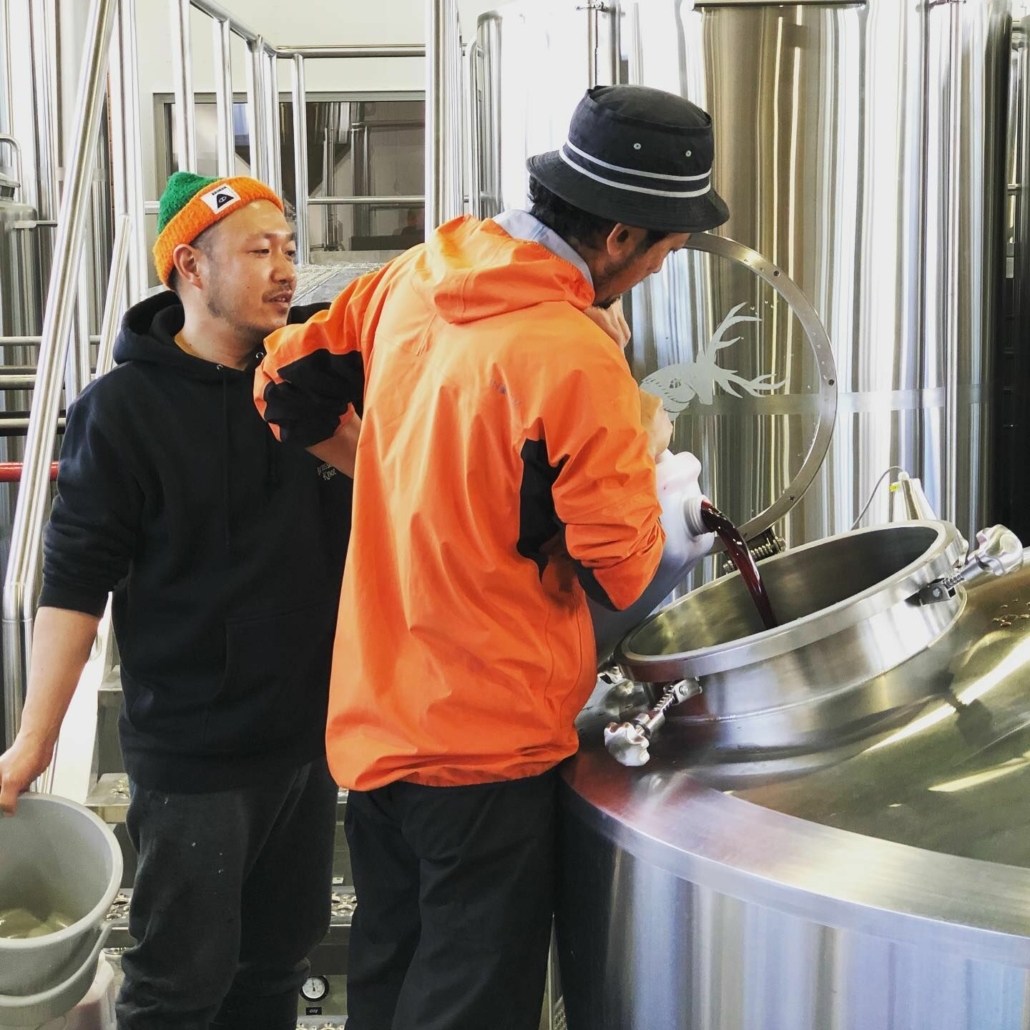
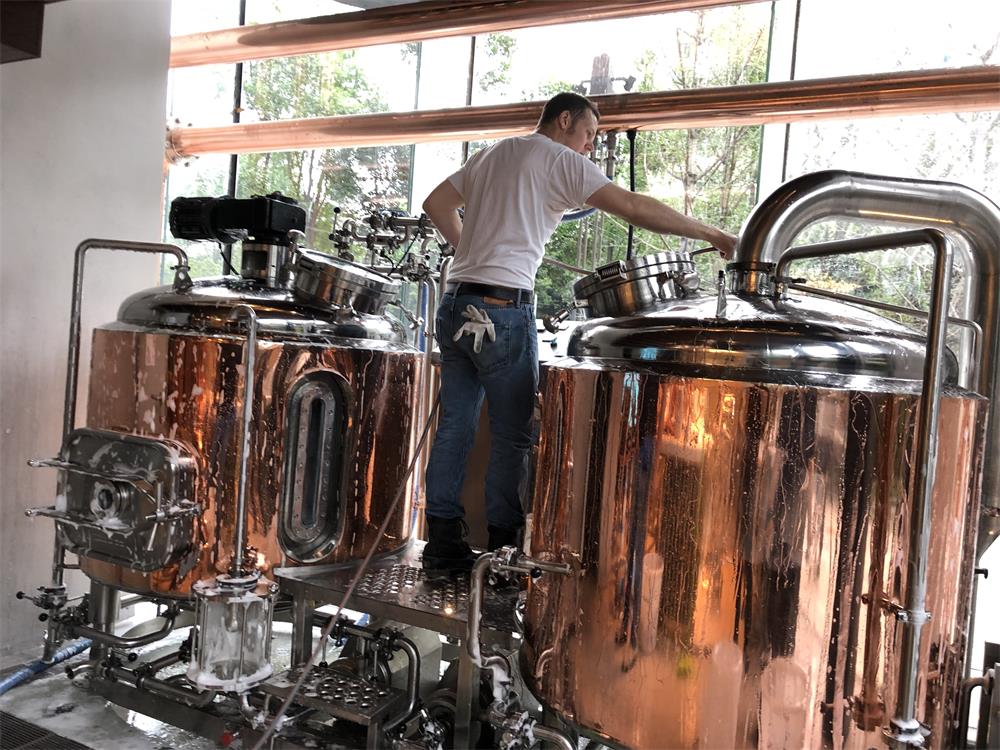
Achieving maximum efficiency in a 30bbl brewing system requires a combination of best practices that address the various factors impacting efficiency. Regular equipment maintenance is essential for preventing breakdowns and ensuring that the equipment operates at maximum capacity.
Staff training is another important best practice, as knowledgeable employees can identify areas for improvement and troubleshoot issues. Additionally, optimizing processes and workflow design can reduce downtime, minimize waste, and improve overall efficiency.
Efficient raw material management, such as utilizing high-quality ingredients and monitoring inventory levels, can reduce waste and maximize yield. Additionally, optimizing water usage through reclaiming and reusing water can reduce water waste and lower utility bills.
Maintaining a clean and sanitary brewing environment can also improve efficiency by minimizing contamination and reducing the risk of spoilage. Furthermore, implementing sustainable practices, such as recycling spent grains and utilizing closed-loop systems, can promote environmental sustainability and reduce costs.
In summary, achieving maximum efficiency in a 30bbl brewing system requires best practices such as regular equipment maintenance, staff training, process optimization, efficient raw material management, water usage optimization, maintaining a clean brewing environment, and implementing sustainable practices. By prioritizing these best practices, breweries can maximize output, reduce costs, and promote environmental sustainability.
Conclusion
In conclusion, efficiency is vital in brewing, impacting both the quality of the beer and the bottom line of the brewery. By reducing waste, optimizing processes, and implementing sustainable practices, breweries can achieve significant cost savings and reduce their environmental impact. It’s essential for breweries to prioritize efficiency measures to stay competitive and promote sustainable operations. We encourage all readers to take action towards improving their own brewing system’s efficiency to reap the benefits of increased profitability, reduced waste, and a positive impact on the environment.
Thank you for reading this blog about 30bbl brewing systems. If you’re looking for a high-quality, durable, and easy-to-use 30bbl brewing system, we recommend the brewing equipment brand Yolong Brewtech. Yolong brewing equipment has a good reputation in the market, and their products’ quality and reliability have stood the test of time. To learn more, visit our product page and browse our brewing system products.

